Servant of God (SG), Francisco Eusebio Kino, SJ
Born : Around August 10, 1645 (his date of Baptism)
Died : March 15, 1711
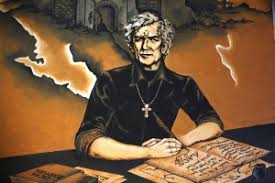 Eusebio was born in Segno, a village near Trent in northern Italy. He studied at the Jesuit school at Trent and won a scholarship to study at the college in Hall, near Innsbruck in Austria. He became seriously ill at college in 1663 and made a vow to God that he would become a Jesuit and to serve in the foreign missions as St Francis Xavier had done if he recovered. Eusebio did recover and in gratitude to God’s goodness, he added Francis to his name.
Eusebio was born in Segno, a village near Trent in northern Italy. He studied at the Jesuit school at Trent and won a scholarship to study at the college in Hall, near Innsbruck in Austria. He became seriously ill at college in 1663 and made a vow to God that he would become a Jesuit and to serve in the foreign missions as St Francis Xavier had done if he recovered. Eusebio did recover and in gratitude to God’s goodness, he added Francis to his name.
Eusebio entered the Jesuit novitiate at Landsberg, Bavaria in November, 1665 and after his noviceship, spent three years studying philosophy and science at Ingolstadt. He then taught literature at Hall for three years before returning to Ingolstadt to do his theology. While preparing for his priesthood, Eusebio also taught mathematics to other Jesuit students in his community and he was so competent in mathematics that the duke of Bavaria offered him a full professorship at Ingolstadt which he turned down as his heart was on the missions. He had made his desire to serve in China or some other foreign missions known to Fr General and had made several such requests.
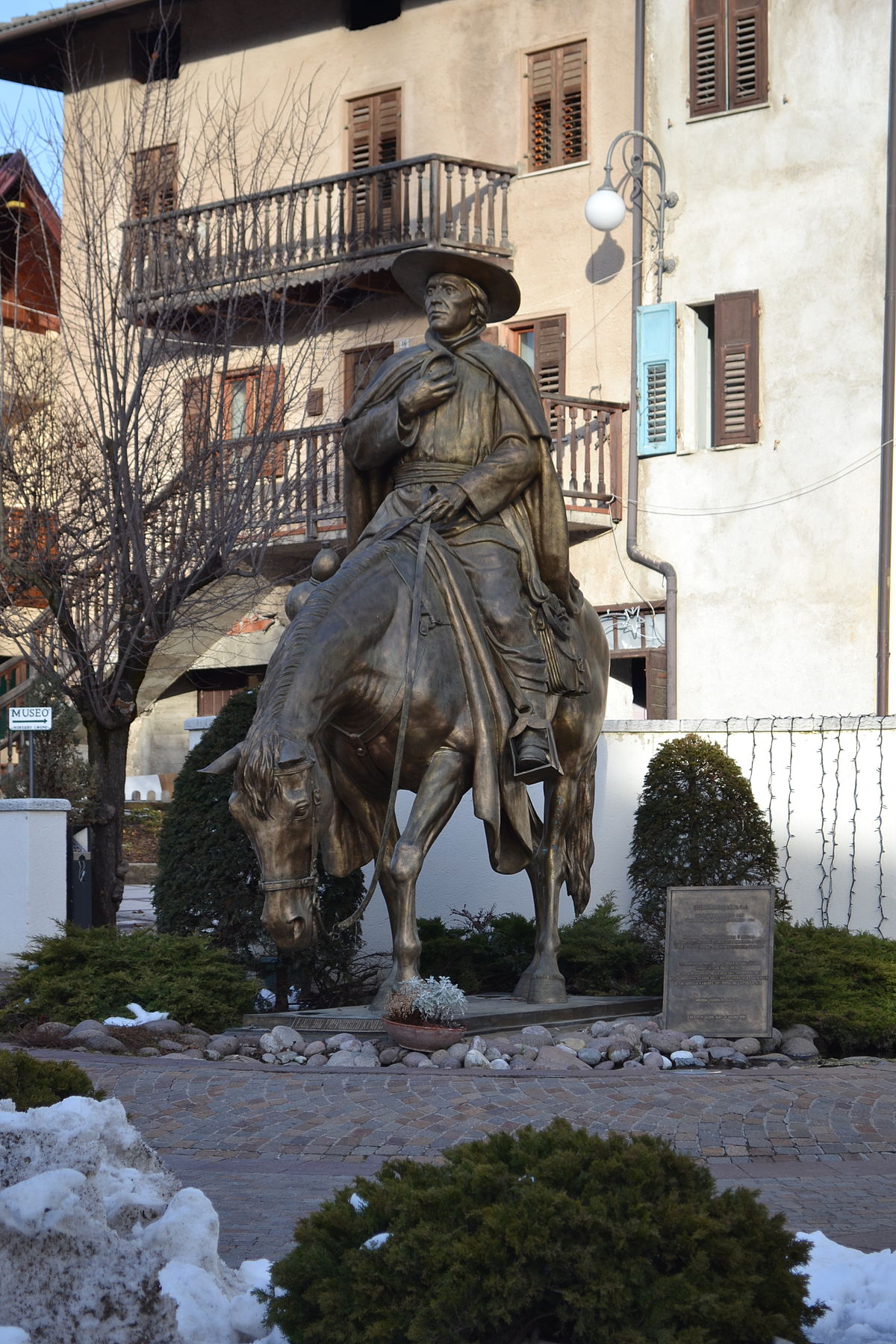 Eusebio Kino was ordained in June 1677 and during his tertianship Fr General appointed him and another Jesuit to go to either China and Mexico without indicating who was to go where as they were to make their choice by lots. Fr Kino picked Mexico and together with eighteen other Jesuits he left Genoa on June 12, 1678 for Spain where they would sail for the New World. However when they arrived at Cadiz, the fleet had left and they had to wait for two years before they set sail on July 7, 1680. Unfortunately the ship hit a sandbar before they left the harbour and had to return to Cadiz. They were only able to set sail six months later. They finally arrived in Mexico on May 3, 1681 and made their way to Mexico City. Fr Kino became chaplain for Admiral Atondo’s expedition to Lower California and was also its astronomer, surveyor and cartographer. The expedition returned to Mexico after two years as it was unable to establish a permanent settlement, despite several attempts.
Eusebio Kino was ordained in June 1677 and during his tertianship Fr General appointed him and another Jesuit to go to either China and Mexico without indicating who was to go where as they were to make their choice by lots. Fr Kino picked Mexico and together with eighteen other Jesuits he left Genoa on June 12, 1678 for Spain where they would sail for the New World. However when they arrived at Cadiz, the fleet had left and they had to wait for two years before they set sail on July 7, 1680. Unfortunately the ship hit a sandbar before they left the harbour and had to return to Cadiz. They were only able to set sail six months later. They finally arrived in Mexico on May 3, 1681 and made their way to Mexico City. Fr Kino became chaplain for Admiral Atondo’s expedition to Lower California and was also its astronomer, surveyor and cartographer. The expedition returned to Mexico after two years as it was unable to establish a permanent settlement, despite several attempts.
After his return, Fr Kino made his own plans – he would go to the Jesuit missions in northwestern Mexico before proceeding to the unconverted tribes beyond and work his way westward to Lower California eventually. He began his 1500 –mile trek to the Pimeria Alta which included northern Sonora and southern Arizona, the land west of the San Pedro River and as far as the junction of Gila and Colorado rivers. Fr Kino began his missionary work in Pima in March 1687 at Cosari which became the centre of his activity. He renamed it Dolores after Our Lady of Sorrows and also set about to build a chapel. From Dolores, he and his associates gradually extended their labours by establishing missions in the San Miquel, Magdalena, Altar, Sonoita, Santa Cruz and San Pedro valleys. At all these missions he taught the native inhabitants how to plant wheat, beans and other crops. He also taught them to build sturdy homes and care for their cattle. At larger communities he founded schools for the children, taught them how to read and write and gave them instruction in the Catholic faith. Within three years, Fr Kino established many missions and extended his frontier into present day Arizona and established many cities such as San Cayetano de Tumacacori, San Javier del Bac etc. At Pima, Fr Kino also helped Fr Juan Maria Salvatierra establish the first permanent mission in Lower California and painstakingly mapped the Sonora and southern Arizona area for use by future missionaries who would follow him.
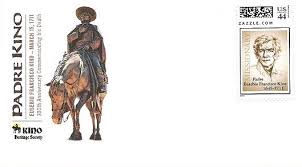 From his dairies, we learn that Fr Kino made about forty exploratory expeditions into new territory, always with a view to establishing missions. He also proved that Lower California was a peninsula and not an island as previously thought.
From his dairies, we learn that Fr Kino made about forty exploratory expeditions into new territory, always with a view to establishing missions. He also proved that Lower California was a peninsula and not an island as previously thought.
In March 1711 at the age of sixty-six and after spending thirty years in the New World, Fr Kino received an invitation from Fr Agustin de Campos to go to Magdalena to dedicate the new church in honour of St Francis Xavier. Since the mission was one of the first founded by Fr Kino and the church was honouring it patron, he gladly accepted. On March 15, the day of the dedication Fr Kino fell ill while celebrating High Mass and died that night just before midnight. Fr Campos buried his friend beneath the altar where it remained until 1966 when the Mexican government appointed a group of archaeologists to search for and identify the remains. As a result of the search, the remains of Fr Kino were enshrined. In memory of Fr Kino, the “Apostle of the Sonoro and Southern Arizona”, the town was renamed Magdalena de Kino. Fr Kino’s cause is under consideration.
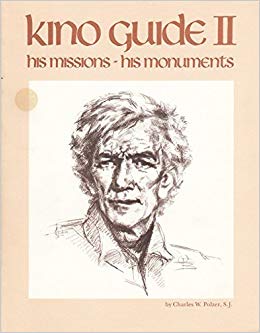
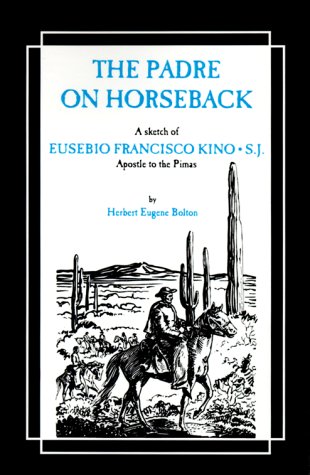
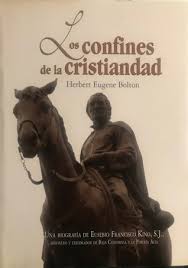
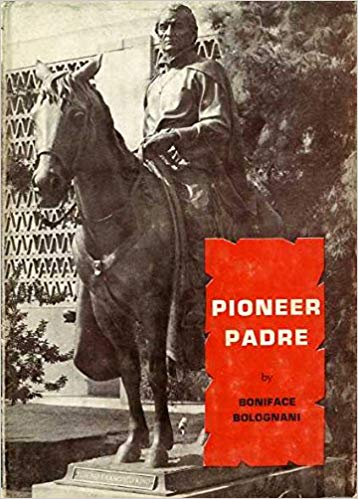
Fr Kino was a man of great talents and his accomplishments were so widespread in southern Arizona that it chose him as one of its two representatives for the Statuary Hall in the United States Capitol in Washington.
